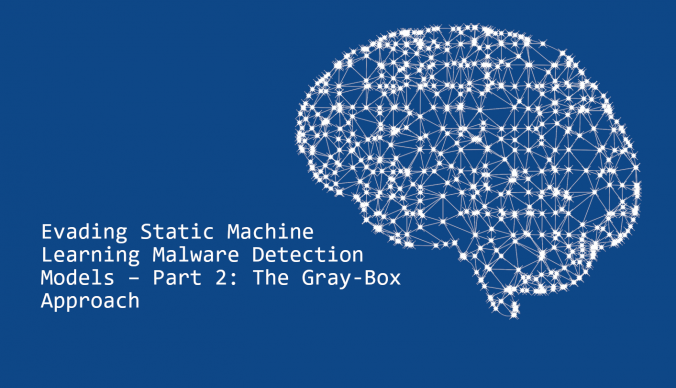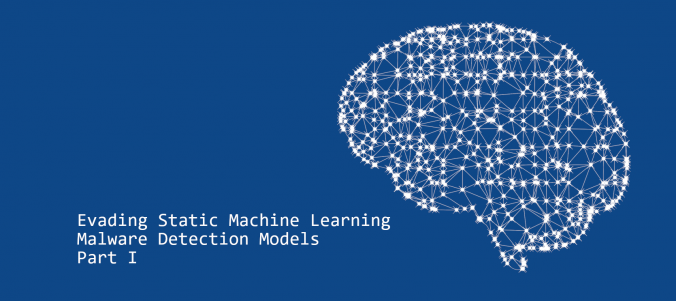With the rise of remote working, Microsoft Teams has become the de-facto standard for video conferences, chat, and collaboration. The nature of the Teams architecture are some central systems that route information between parties. With that comes that Teams client software must be allowed to communicate to the Internet. Microsoft even recommends letting Teams traffic bypass inspection proxies for compatibility reasons. Its network communication pattern has significant overlap with malicious C2 traffic und thus it is nearly impossible for blue teams to spot adversary communication. Therefore, Teams is an interesting candidate to be abuses for C2 traffic. Thus, we put some research into this.
Compass Security Blog
Offensive Defense
Red Teaming exercises are getting popular with the growth of security operations centers. These attack simulations aim to help companies improve their defenses and train the blue team. But solid foundations are necessary to get the most of such an exercise.
Nowadays more and more security tools are used to monitor and generate alerts from different sources (EDR, Proxy, etc.).These alerts often contains URL, domain names, or file hashes that can and should be compared with a threat intelligence source to immediately identify current threats and avoid when possible false positives. In this article, we will […]
Intro into a Compass Splunk App, which can be used to perform a first triage and high level analysis of Volatility results coming from multiple hosts.
This part will discuss a grey-box approach in defeating malware detection. It will discuss the relevant features used and how they are fed into a malware detection model to classify an input file. After a short theory part, we try to find out which features are especially important for malware analysis and how to modify them. Finally, we will change some of the features of our ransomware to evade our model. But before all this, it is advisable to get familiar with the file format used by our malware.
Modern anti-malware products such as Windows Defender increasingly rely on the use of machine learning algorithms to detect and classify harmful malware. In this two-part series, we are going to investigate the robustness of a static machine learning malware detection model trained with the EMBER dataset. For this purpose we will working with the Jigsaw ransomware.
© 2025 Compass Security Blog





